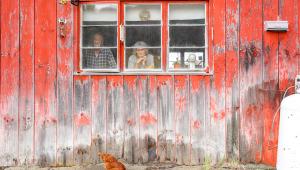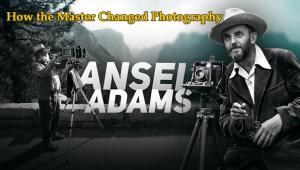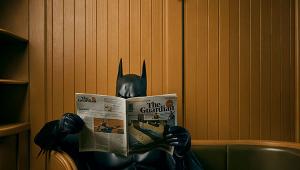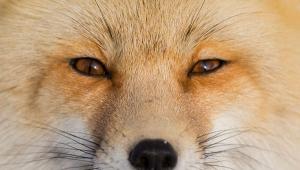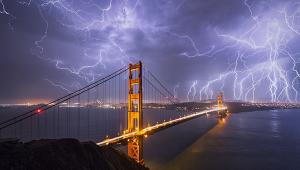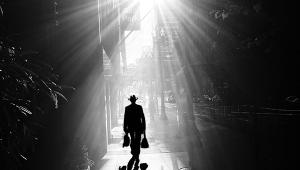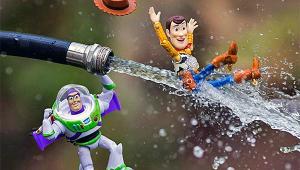Wide Eyes: How a Young Photographer Finds New Angles in His Landscape Photography

All Photos © Taylor Gray
The photography critic and historian A.D. Coleman once noted that the most common mistake many photographers make is thinking that what they’re experiencing while making a picture is what’s being captured by the camera.
Taylor Gray doesn’t make that mistake. He has the judgment and technique to create images that clearly communicate the emotion he experienced. You know immediately what inspired him to make the picture, and he is able to establish a connection that goes beyond a viewer’s simple appreciation of an artistic achievement.
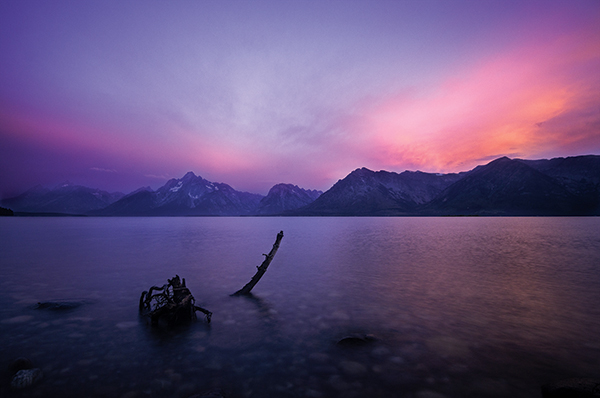


Big Difference
Often Gray’s goal is to create original images of familiar locations. “That’s the challenge,” he says. “I see a scene, it’s beautiful, it’s right there, and if there are great conditions and great light, I’m going to take the picture, but I’m always trying to find original, even unconventional compositions.”
You can see the results of his efforts in his images of the Golden Gate Bridge, an irresistible subject that’s not far from his home. “There are only so many vantage points you can get for a subject like that,” he says, “but I believe there’s always something different, something original I can come up with.”
Focal length is a key factor for him. It determines composition, but also the mood and feeling of the image. “If I zoom out too far, the scene can be overwhelming,” he says, “so I’ll use the zoom to eliminate elements and to direct attention. But if I’m in too close I lose something. I’m looking for that middle, that sweet spot where it all comes together—the overall sense of the scene, and also a sense of intimacy.”
There are times when he’ll have the shot in mind—“I know exactly what I want to get”—but he still might end up with a result completely different from the one he intended. “Sometimes I get unexpected things from the weather, the location, or just by chance.” And sometimes a cool image is a single frame from a time-lapse sequence.
“A single photograph at a location captures a lot of what I see in the scene,” Gray says, “but with time lapse I can actually see the small details that happen in the scene over a period of time.” At their best, time-lapse sequences offer discoveries and surprises.

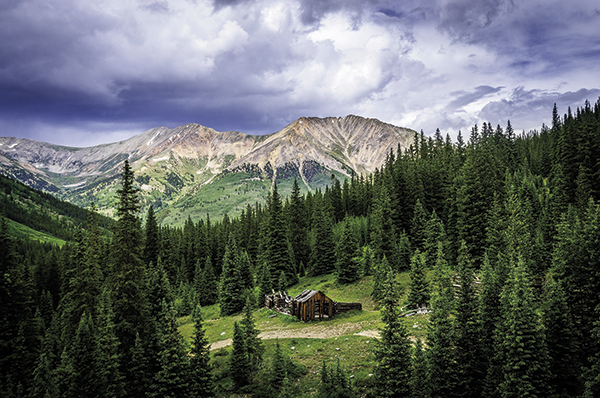

Social Scene
Taylor Gray is 17 and a senior in high school. He started making photographs three years ago when he took his dad’s DSLR on a two-week backpacking trip. He returned with simple snapshots taken in auto mode, but the process of creating pictures on the spot and instantly seeing the results sparked his interest. He began shooting with his mother’s slightly more sophisticated DSLR. “I started off in my backyard,” he says, “and realized it was a lot of fun.”
Next came YouTube tutorials, Internet articles, websites, blogs, Facebook, and Instagram. “I came across this huge community of photographers—it was amazing to find all these people who shared the same passion. We’d link up and shoot different locations at sunrise and sunset, events in the city or around the Bay Area. I learned a lot from them; we did a lot different techniques—long-exposure photography, night photography, things like that.”
Connecting with other photographers, getting inspiration and feedback, exchanging ideas, techniques, and equipment information was the upside of social media. The downside…well, Gray might call it the well-worn-trail syndrome.
“People imitate what they see others doing,” he says, “and they flock to places they see others have been. I can go out and actually find trails—I call them photographer trails, and they’re literally the trails left by photographers tramping through the bushes to get to a certain place for a certain shot. Someone has told them this is the spot for a photo. The tripod marks are there in the dirt.”


He knows that’s going to keep happening, and while it’s possible people will flock to the site of a great photo op to capture their own version of an image, he’s not convinced that’s the primary motive. “It can be mostly a thing like, see the shot, go out and try to replicate it. I think it’s important to have some creative vision of your own; try to come up with your own thing. It’s good to have some originality in your photography.”
Gray’s currently taking an AP photography course. “Basically you’re assigned different types of photography images so you can build a portfolio at the end of the year. I’m not learning anything new, I’m just practicing my skills.” His plans call for college and a major in photography and a minor in business; or vice versa. “I think the marketing side of photography is very important in getting yourself out there,” he says.
You can view a selection of Taylor Gray’s photographs, connect to his Facebook, Instagram, Vimeo, and 500px pages, and order prints of his images at his website, taylorgray.photo.




